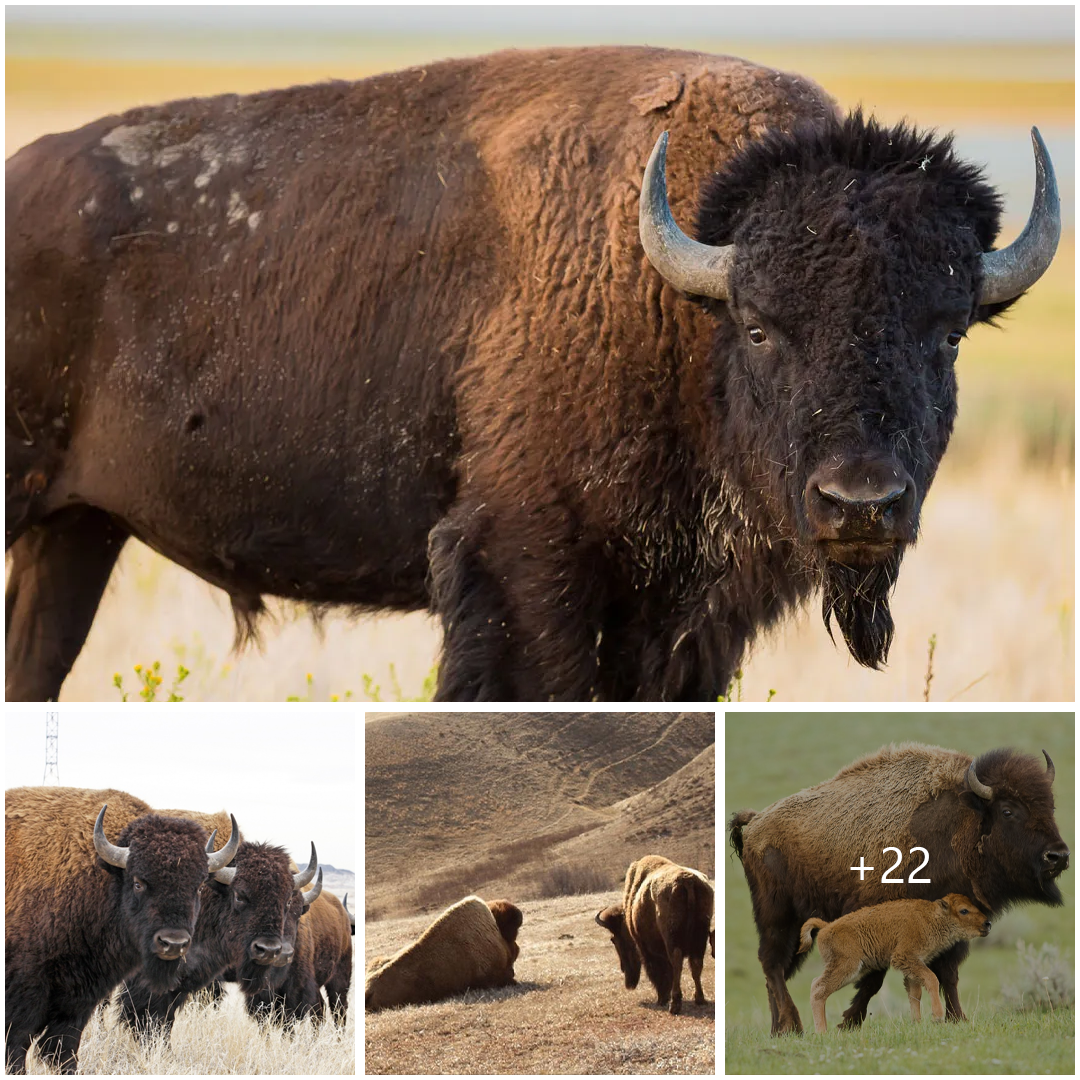
Before 1800, bison roamed the Great Plains in vast numbers; estimates range from 30 to 100 million. While most were west of the Mississippi ranging to the Rocky Mountains, some were found east of the river in forested areas. Bison were once a major source of meat and hides in the United States; they formed the basis of the economy for a number of Native American tribes. However, by the 1890s, there were fewer than 1,000 of these animals left on the continent. The U.S. government slaughtered many bison in an organized effort to destroy the livelihood of Plains Indians.
Conservation threats to American bison include habitat loss, hybridization in managed populations and low genetic diversity among individual herds.
While bison have made a comeback since their population was devastated over 100 years ago, the species is still heavily dependent on conservation action for survival. Of the remaining American bison population, approximately 500,000 individuals are managed as livestock by private commercial ventures, while conservation herds are comprised of around 30,000 individuals. According to IUCN Red List guidelines, commercial herds are not eligible for inclusion in the IUCN’s scope of wildlife conservation, so the IUCN status of bison reflects only those found in the 65 known free-ranging or partially-free-ranging herds.
Buffalo are Old World animals (Cape buffalo, water buffalo) and bison are only found in Europe and the United States. The taxonomy of bison has been under debate, and through DNA analysis it was determined that the two American subspecies—plains bison (Bos bison bison) and wood bison (Bos bison athabascae) are the same species. Many biologists have seen evidence that supports including the European bison, Bos bonasus, as the same species as the American bison. If proven true, this would have major conservation implications.





